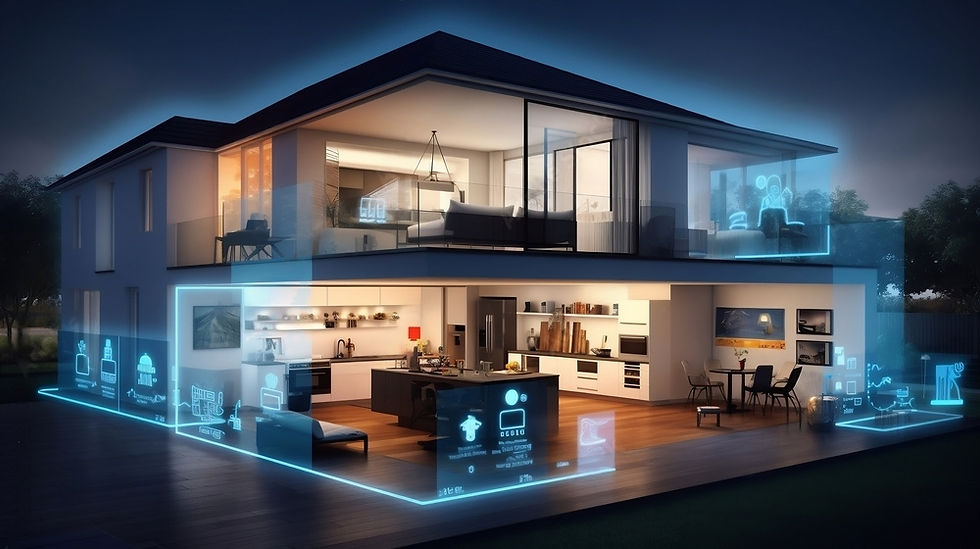Embracing the Synergy: How Generative AI Empowers and Enhances Creativity
- Datalab

- Mar 14, 2024
- 2 min read
As we enter the age of artificial intelligence (AI), concerns have emerged regarding its impact on human creativity. Specifically, skeptics argue that generative AI, which can autonomously create music, art, and literature, threatens to replace or undermine the role of human creativity. However, taking a closer look, we'll discover that rather than killing creativity, generative AI provides us with a powerful tool to augment and expand our creative capabilities. In this article, we will explore how generative AI fosters creativity and opens new possibilities for expression and innovation.

1. Unleashing Inspiration
Generative AI serves as a wellspring of inspiration for creators. By analyzing vast amounts of data and identifying patterns that go beyond human capabilities, AI systems can generate ideas and possibilities that may have remained undiscovered otherwise. AI-generated art, music, or text can inspire human creatives, serving as a starting point for their own original works. Artists, musicians, and writers often find generative AI outputs intriguing and use them as catalysts to delve into their own unique creative processes.
2. Collaboration and Co-creation
The collaboration between humans and generative AI presents a unique environment for creativity. AI systems can collaborate with artists, providing suggestions, possibilities, and even generating content that creators can further shape and refine. This partnership allows creative professionals to leverage the speed, efficiency, and innovation of AI while maintaining their own unique touch and vision. Together, they create original works that showcase a collaborative fusion of human and machine creativity.
3. Overcoming Creative Blocks
Every creative individual faces periods of creative blockage or mental stagnation. Generative AI can intervene by providing new perspectives, breaking the monotony, and introducing fresh ideas. AI algorithms, fueled by massive datasets, can simulate various creative styles, genres, or techniques, serving as a virtual "creative coach" to help artists break through their creative barriers.
4. Democratizing Creativity
Generative AI democratizes creativity by making it accessible to a wider audience, regardless of skill level. Empowering individuals without extensive artistic or musical training, AI enables them to create and express themselves creatively. This accessibility can lead to a surge of diverse and unique creativity, as more people are able to engage with their creative sides without being limited by traditional barriers.
5. Opening New Avenues for Expression
Generative AI not only replicates existing creative forms, but it also pioneers entirely new forms of expression and experiences. AI-generated art is now celebrated, exhibited, and sold in galleries worldwide. AI-composed music is being performed for audiences who appreciate the distinct and futuristic sonic landscapes. AI-written literature blurs the boundaries of authorship, challenging existing notions of creativity. Through this innovation, generative AI encourages us to redefine creativity and explore new realms of human expression.
Conclusion
While concerns over generative AI replacing or diminishing human creativity are understandable, they fail to recognize the true potential of this technology. Rather than killing creativity, generative AI acts as a catalyst for inspiration, collaboration, and overcoming creative obstacles. It democratizes creativity, enabling individuals to express themselves regardless of training. Furthermore, it opens entirely new avenues for artistic and innovative expression. Embracing generative AI allows us to amplify our creative abilities, fostering a harmonious relationship between human imagination and machine intelligence.




Comments